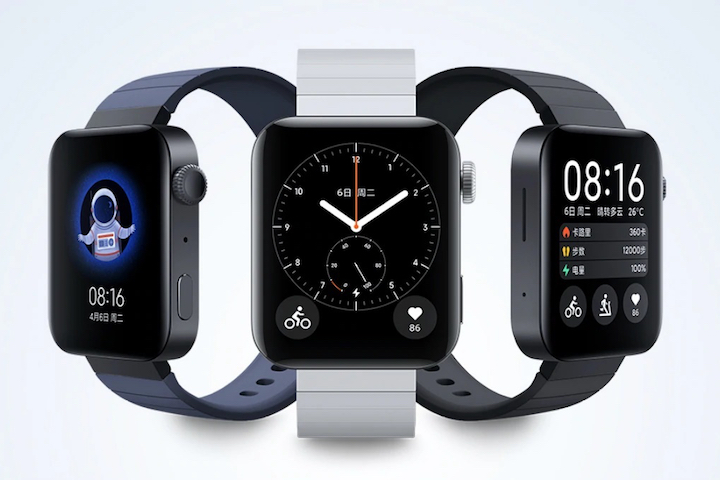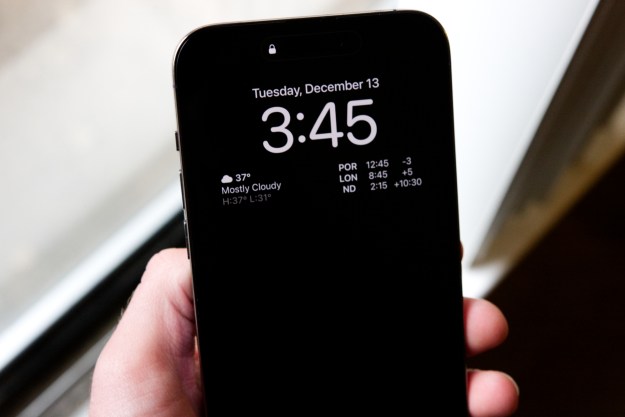
Xiaomi has gone camera-mad with the new Mi CC9 Pro smartphone. It has no fewer than five camera sensors on the back, and one of those has 108 megapixels. Despite the impressive specification, this isn’t some overpriced monster either. Even if you choose the top model, you won’t spend more than about $500. In addition to the new phone, Xiaomi also has a smartwatch for us.
Xiaomi Mi CC9 Pro
Announced in China, the Mi CC9 Pro uses the 108-megapixel Isocell Bright HMX sensor co-developed with Samsung, which has just about everything you could want — an f/1.7 aperture, laser autofocus, optical image stabilization (OIS), and a massive 1/1.33-inch sensor size.
It’s joined by a 5-megapixel telephoto for a 5x optical zoom feature, and a 12-megapixel telephoto for a 2x digital zoom. These lenses have different focal lengths — 50mm for the 12-megapixel sensor and 125mm for the 5 megapixel — for greater versatility and clearer, more detailed zoom and portrait shots. We’re not finished either. There’s a 20-megapixel ultrawide lens, and a 2-megapixel macro lens too. Finally, there is a quad-LED flash unit.
All these lenses are arranged on the left-hand side of the phone, running from top to bottom, with the 20-megapixel ultra-wide lens sitting out on its own, giving the CC9 Pro a similar look to the Huawei P20 Pro, just with more lenses. The glacier white color has an oyster shell finish, looking very similar to recent Huawei and Oppo phones, plus it comes in a green and a black finish too.

What else is special about the Mi CC9 Pro? The Super AMOLED screen measures 6.47-inches and has HDR10 support, the selfie camera has 32 megapixels, there’s a 3.5mm headphone jack, an in-display fingerprint sensor, and a whopping 5,260mAh battery with 30W charging that will take it to full in a little over an hour. You may be surprised to learn the CC9 Pro has a Snapdragon 730 processor inside with either 6GB or 8GB of RAM, rather than a flagship Snapdragon 855.
This helps keep the price sensible, and if you wanted to import (Xiaomi doesn’t sell its phones officially in the U.S., remember) a Mi CC9 Pro, the cheapest model would cost around $400, while the top Premium Edition model with 8GB of RAM and 256GB storage, plus an 8-element camera lens, will only cost around $500. The Mi CC9 Pro will be available from November 11.
Xiaomi Mi Watch

The Mi CC9 Pro isn’t the only new product Xiaomi has for us. The previously rumored Xiaomi smartwatch has arrived too. It’s called the Mi Watch, and the design is certainly familiar, with a strong resemblance to the Apple Watch. The Mi Watch is a smartphone replacement as it has an eSIM, speaker, and microphone. This means it can make and receive calls, and use data services too.
A 1.78-inch AMOLED screen shows custom Xiaomi software with its own application store, filled with apps that have been specially adapted to work on the watch. It’s powered by a Qualcomm Snapdragon Wear 3100 processor, just like some of the new Fossil smartwatches, and it has a 570mAh battery that’s supposed to last for around two days on a single charge. There is a heart rate sensor on the back of the body.
The standard version of the Mi Watch is made from aluminum and costs around $185, while a special model made from ceramic, stainless steel, and sapphire crystal costs $285.
Availability
Will there be a wider release for either of these new Xiaomi products? The watch is the least likely to make a debut outside of China, due to the software being obviously tailored to the market there, and the available apps mostly being those relevant to Chinese needs. The CC9 Pro is a different story, and it’s expected the phone will launch in Xiaomi’s other markets around the world as the Mi Note 10.
Editors' Recommendations
- Nomad’s new iPhone case and Apple Watch band may be its coolest yet
- This $130 iPhone charger is better than Apple’s official one
- How to watch Apple’s iPhone 15 event today: 5 easy ways
- How one of the year’s best Android phones made me a better photographer
- This Lunar New Year iPhone 14 case just became one of my favorites



